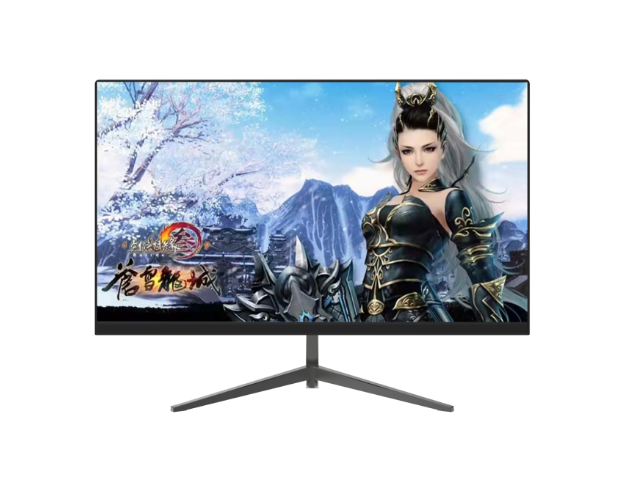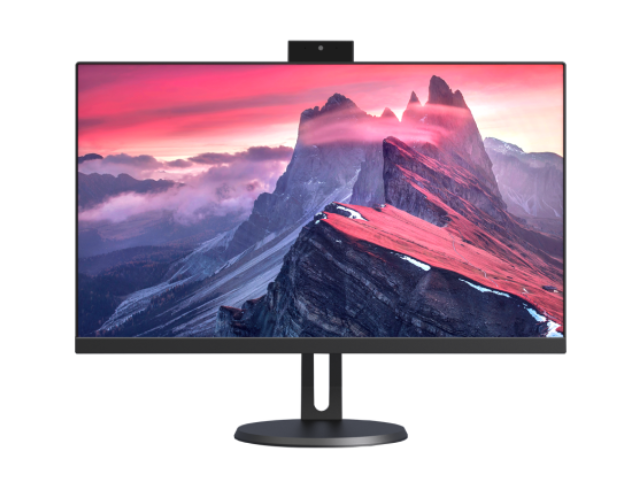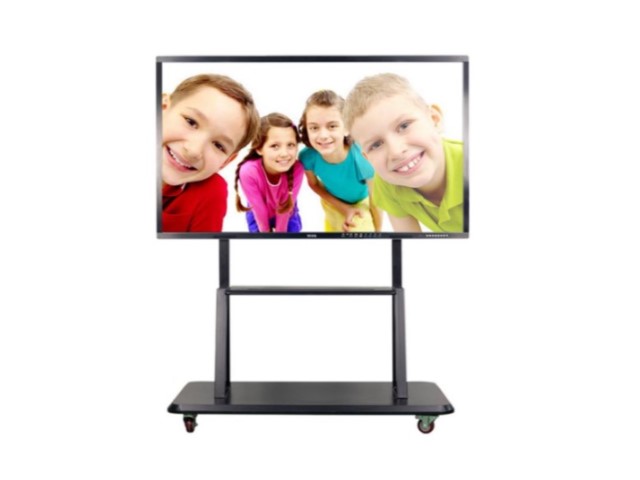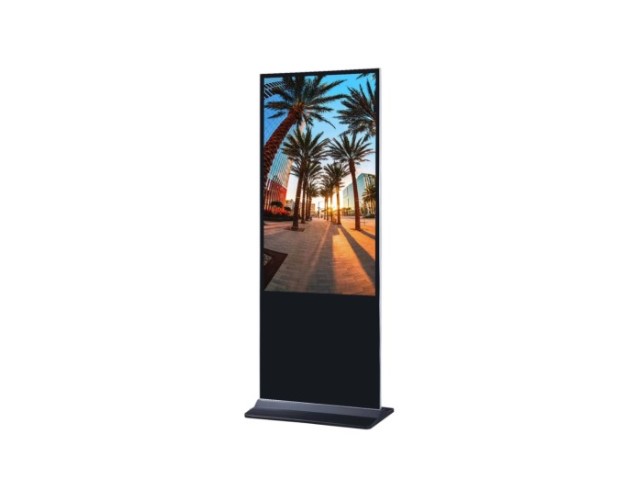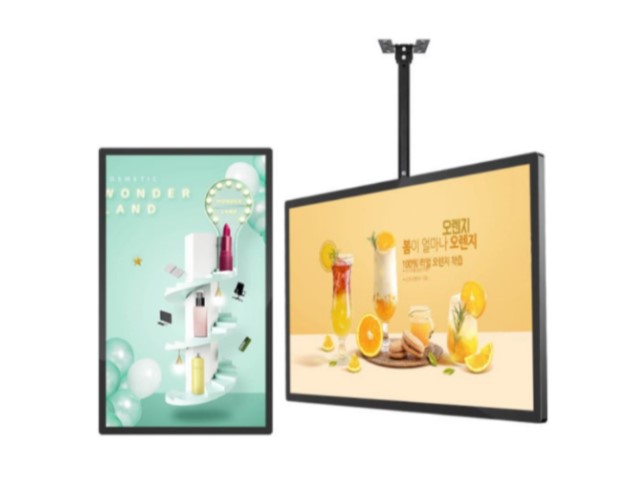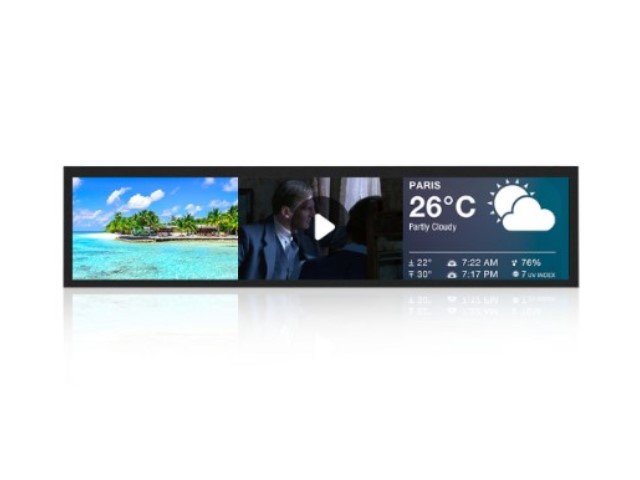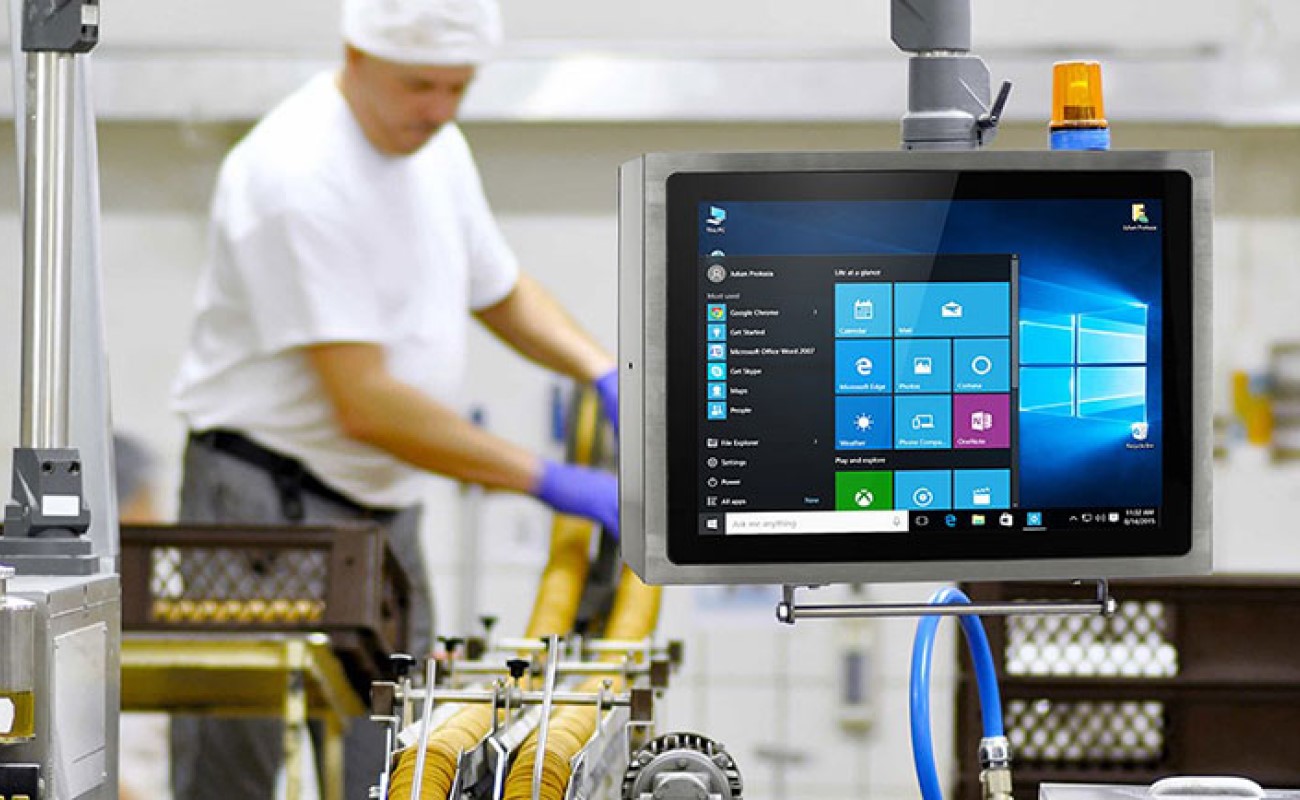
1. Comparison of touch principles and characteristics
Resistive screen: Its working principle is based on pressure sensing, and the touch position is detected by physical deformation of the touch screen surface. Users can operate it through any object (including gloves, stylus, etc.), which is not sensitive to ambient light and is suitable for scenes with high precision requirements. However, the response speed of resistive screen is relatively slow, the durability is low, and the multi-touch function is limited.
Capacitive screen: It uses human static electricity to work. When the finger touches the screen, a capacitor is formed, and the touch position is determined by changing the electric field. Capacitive screen supports multi-touch, fast response speed, high image clarity and transmittance, and the user experience is smoother and more natural. However, capacitive screen has certain requirements for environmental humidity, and must be operated with conductive materials (such as skin), which is not suitable for scenes with gloves.
2. Application environment considerations
Industrial environment: In industrial environments, equipment may face complex conditions such as high temperature, low temperature, dust, oil, vibration, etc. Resistive screens have certain advantages when wearing protective equipment (such as gloves) or when used in harsh environments due to their wide compatibility with touch media. However, considering the high requirements for equipment durability and stability in industrial applications, modern industrial design prefers to use capacitive screens with high protection levels and enhance their adaptability in harsh environments through special designs.
Accuracy and efficiency: For industrial applications that require high-precision operations, such as precision instrument control and graphic editing, the precise positioning ability of resistive screens is its advantage. However, with technological advances, some advanced capacitive screens can also achieve high-precision touch, and multi-touch functions are particularly important for improving operational efficiency, especially in complex interface interactions.
3. Cost and maintenance
Resistive screen technology is mature and relatively low in cost. It is an economical choice for industrial applications with limited budgets and low requirements for touch experience. Although the initial investment of capacitive screens is high, their durability and long life may be more cost-effective in the long run. In addition, the low failure rate of capacitive screens also means lower maintenance costs.
4. Technology development trends
With the continuous advancement of technology, the significant advantages of capacitive screens in terms of resolution, response speed, durability and multi-touch capabilities have continued to increase their share in the industrial touch all-in-one machine market. Especially with the development of Industry 4.0 and smart factories, the requirements for human-computer interaction experience are increasing day by day. Capacitive screens have become the first choice for more industrial applications due to their excellent user experience and ability to adapt to future technology upgrades.
Whether to choose an industrial touch all-in-one machine with a capacitive screen or a resistive screen should be decided based on the specific needs of the actual application scenario. If the environment is harsh and requires high-precision single-point operation, resistive screens still have certain room for application; and in most modern industrial environments that pursue high efficiency, multi-touch operations, and good visual experience, capacitive screens rely on their Advanced technical features make it a more ideal choice. With the continuous evolution of technology, the application of capacitive screens in the industrial field will become more and more widespread. It is recommended that capacitive screen solutions be given priority if the budget allows to meet the needs of future development.








